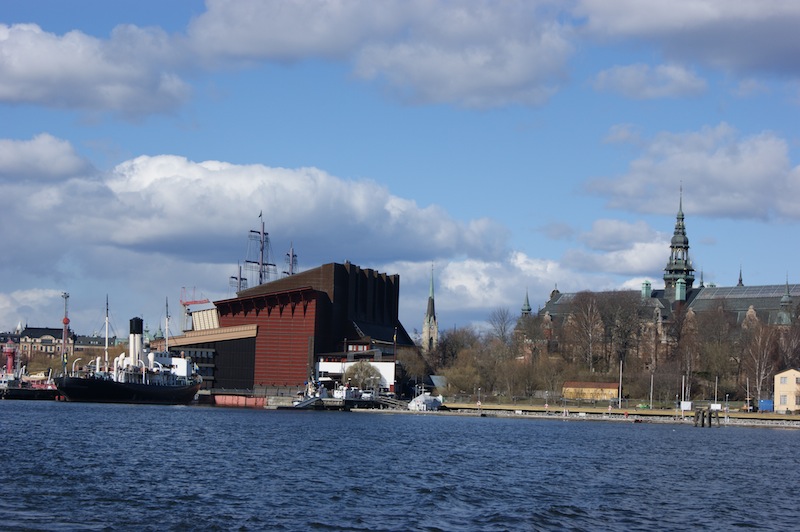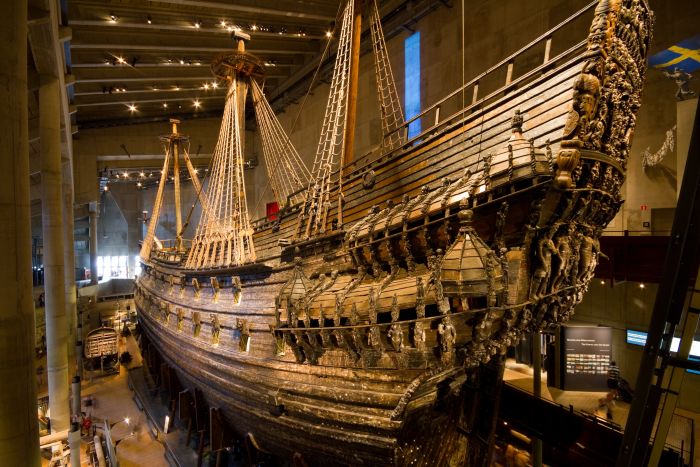As a teenager I watched on TV as the battered remains of the Tudor warship Mary Rose was rescued from the muddy depths of the Solent. Some years later we visited Portsmouth to see her skeletal remains, now preserved and the centrepiece of a museum. Hers was a remarkable story of survival beneath the seabed, but she’s not a patch on the Vasa.
On show in her own museum in Stockholm, Sweden’s handsome capital, this remarkable wooden vessel sank after sailing just a mile or so from the dockyards in which she’d been built. And even more embarrassingly for all involved, it was her maiden voyage. The disaster happened on August 10, 1628, but experts say it was a sinking that could’ve been avoided. The impatient Swedish king insisted on her joining his battle fleet even though the admirals knew she was top heavy. Sure enough, over she rolled and up to 50 sailors died. I’ve no idea how the king reacted, but I’m sure he went to bed that night feeling ever so slightly vexed.
The Vasa was raised, surprisingly intact, in 1961. And while it’s hard to imagine what the Mary Rose looked like from the jumble of timbers that survive, there are no such problems with her historic Swedish sister.
Walking into the ship’s museum in Stockholm – ironically one of the ugliest buildings in the city – is one of those moments you don’t experience too often. I really wasn’t expecting to see the ship so complete. She is both beautiful and in possession of an innate power.
Set over several floors, the story of the Vasa is told along with the stories of many of the folk who designed and sailed her. We were able to get up close to her intricately carved timbers, see the reconstructed faces of some who died on board, view the possessions they had with them when catastrophe struck and compare the Vasa story with that of the Mary Rose. OK, not everyone will agree with me that the Vasa is Stockholm’s highlight but as far as museums go, I’d happily argue the case.
It’s situated on the island of Djurgården, a short ferry ride from the historic old town Gamla Stan, where we were staying. Ferries are pretty essential in the city and a great way to explore Stockholm, which is made up of thousands of islands. Djurgården is one of the 14 or so main ones that make up the centre of the city and is something of a holidaymaker’s playground. Not only is it home to the Vasa but also the historic Gröna Lund amusement park, founded in the 1880s, and the fascinating open air museum Skansen. And it was there that we headed next…


